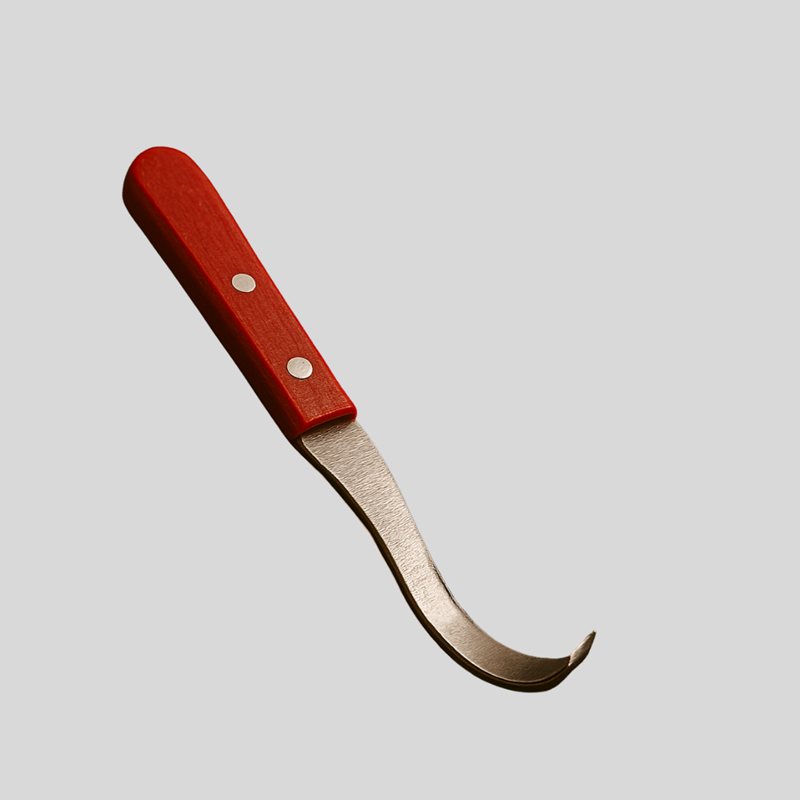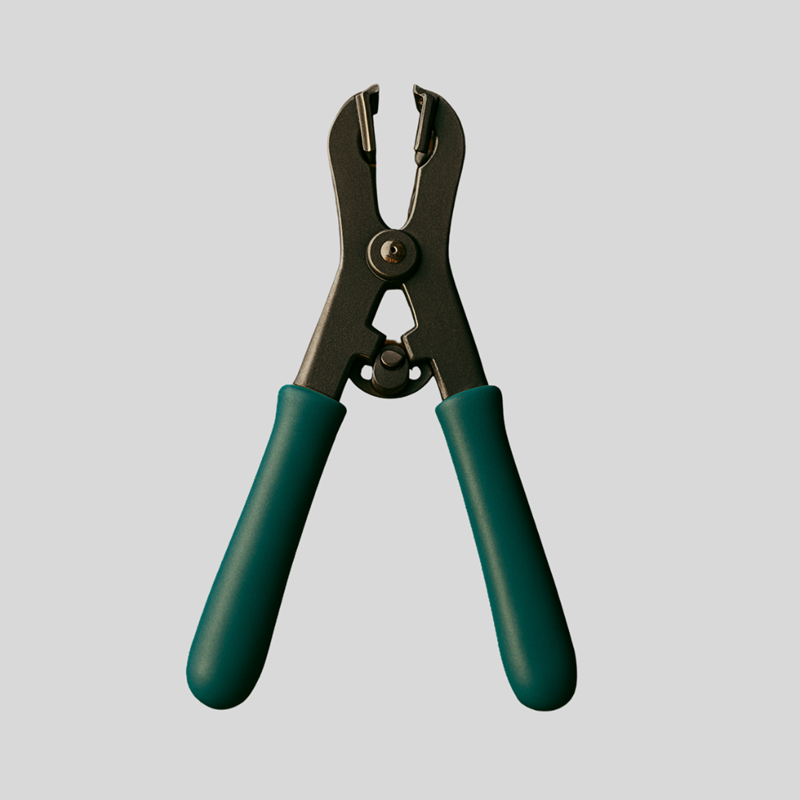Description
A livestock feeder is a crucial agricultural tool designed to efficiently provide feed to animals such as cattle, sheep, goats, pigs, and horses. Built for durability, hygiene, and ease of use, livestock feeders come in a variety of sizes, materials, and configurations to suit different types of animals and farm environments. Whether used in open pastures, barns, or feeding lots, a well-designed feeder helps optimize feed distribution, reduce waste, and promote better animal health and farm productivity.
Key Features:
Sturdy Construction: Livestock feeders are commonly made from galvanized steel, heavy-duty plastic, or polyethylene, all of which resist corrosion, weather damage, and animal wear-and-tear. This ensures long-term use in both indoor and outdoor settings.
Species-Specific Designs: Feeders are available in various forms—such as trough feeders, hay racks, creep feeders, grain feeders, and combination units—each tailored to specific livestock needs and feeding behaviors.
Weather Protection: Many models come with roofs or covers to shield feed from rain, snow, and direct sunlight, helping to preserve its nutritional value and reduce spoilage.
Waste Reduction Features: Livestock feeders are engineered to minimize feed spillage and trampling. Some include grill bars, divider panels, or raised troughs that encourage animals to feed more cleanly and prevent crowding or competition.
Portable and Stationary Options: Depending on the farm’s layout and animal movement, feeders may be mobile, allowing rotation to different paddocks, or stationary for use in fixed enclosures or feedlots.
Easy Maintenance: Most feeders are designed with smooth surfaces, drainage points, and easy-access panels for quick cleaning and refilling. This promotes hygiene and reduces the risk of disease transmission among livestock.
Common Uses:
Daily Feeding: Distributes hay, silage, pellets, grains, or mixed rations to livestock in a clean and organized manner.
Supplemental Nutrition: Used to provide mineral blocks or concentrate feed during specific seasons or growth stages.
Weaning and Growing: Specialized feeders, such as creep feeders, allow young animals to feed separately from adults, promoting growth and reducing competition.
Pasture Management: Portable feeders support rotational grazing by allowing feed distribution in multiple locations.
Benefits:
Improved Feed Efficiency: By reducing feed wastage and contamination, feeders ensure more of the nutrition reaches the animals, improving growth, milk production, or weight gain.
Enhanced Animal Welfare: Proper feeding equipment reduces animal stress, prevents injuries from competition, and supports natural feeding behavior.
Labor Savings: Feeders allow multiple animals to eat simultaneously, reducing the time and labor involved in manual feeding.
Better Hygiene: Raised or enclosed feeders keep feed off the ground, protecting it from dirt, feces, and weather-related spoilage.
Cost-Effective Investment: Though an upfront expense, a high-quality livestock feeder pays off in reduced feed loss, healthier animals, and more efficient farm operations.




